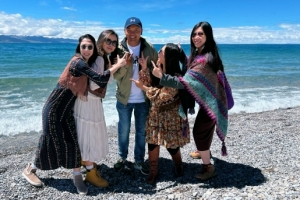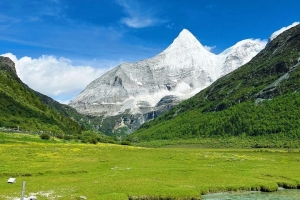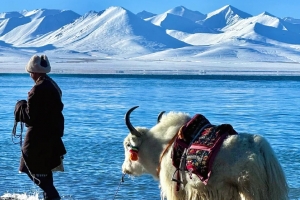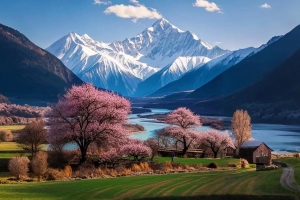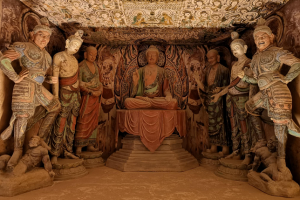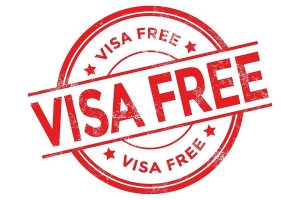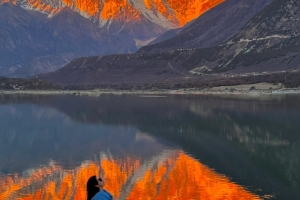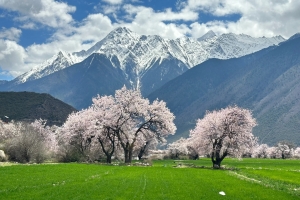Thangka, a term derived from the Tibetan word for “scroll painting“, is a captivating and ancient art form that predominantly showcases religious themes. Characterized by its vibrant colours and intricate designs, Thangka art embodies a rich ethnic style and profound spiritual symbolism that resonates deeply within Tibetan culture. These exquisite paintings often serve as visual aids for meditation and teaching, depicting various deities, mandalas, and scenes from Buddhist teachings.
In Tibet, Thangkas can be discovered in an array of settings, from grand temples and serene shrines to humble homes, reflecting their significance as one of the most cherished forms of Tibetan artistry. Each Thangka is not merely a painting; it is a sacred representation that plays a vital role in the spiritual and cultural fabric of Tibetan life, celebrated for its unique artistic expression and ability to convey complex spiritual narratives.
Thangkas, the intricate traditional Tibetan Buddhist scroll paintings, are primarily categorized into two major types based on their material composition and the techniques used in their production: painted Thangkas and woven Thangkas.
Painted Thangkas are crafted using high-quality pigments applied to fabric, typically cotton or silk. These stunning artworks can be found in a variety of styles, each characterized by its distinct colour palette and iconography. For instance, colourful Thangkas are vibrant and vivid, often depicting scenes of celestial beings, deities, or mandalas, utilizing a wide spectrum of hues. Gold Thangkas incorporate gold leaf or paint, imparting a striking luminosity and highlighting the sacred subjects represented. Black Thangkas utilize a dark background, allowing the colours to stand out starkly, while vermilion Thangkas are notable for their deep red tones, which symbolize life and vitality. The pigments used in these works are sourced from natural minerals, such as exquisite turquoise, the vibrant cinnabar, the lush coral, the deep malachite green, and sparkling gold. The use of these natural elements ensures that the vibrant colours of the Thangkas remain vivid and resistant to fading, even after centuries of exposure to light and time.
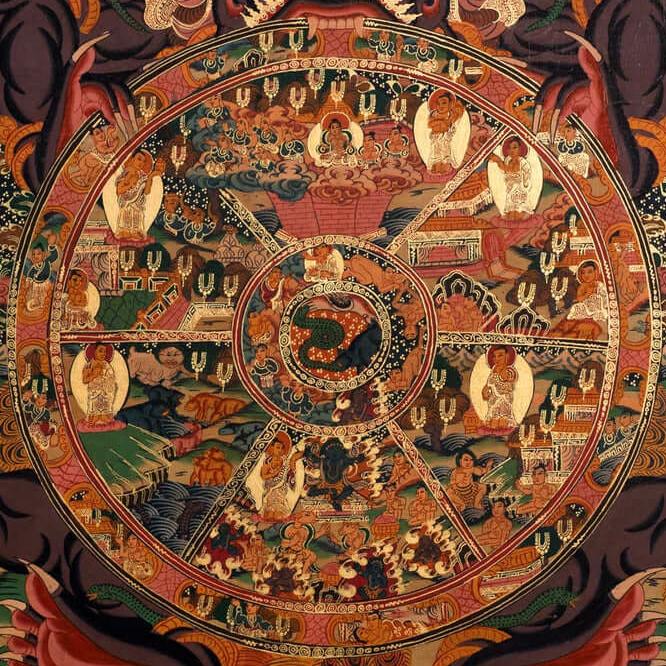
In contrast, woven Thangkas represent another remarkable craftsmanship tradition. These Thangkas are created using luxurious materials like silk, brocade, and satin, offering a tactile richness that enhances their visual appeal. Woven Thangkas can be further classified into subcategories that showcase different techniques and artistic expressions. For example, embroidery Thangkas involve intricate stitching that adds texture and detail, while tapestry Thangkas feature woven scenes that showcase the skill of the artisan in manipulating threads to create intricate designs. Appliqué showcases cut-out figures sewn onto the background fabric, creating a layered effect. Additionally, silk brocade Thangkas are characterized by their shimmering beauty and complexity, often featuring raised patterns or ornate designs. Some woven Thangkas are even adorned with precious gems and stones, such as sapphires or rubies, that add an element of opulence and make these artworks not just visual masterpieces but also cherished heirlooms.
Together, painted and woven Thangkas embody the rich artistic heritage of Tibetan culture, serving as not only spiritual objects but also as remarkable expressions of human creativity and skill.
The Craft of Thangka: Precision, Devotion, and Artistry
Thangkas are celebrated masterpieces known for their breathtaking intricacy and the immense skill and dedication required to bring them to life. The creation of a Thangka is a labour-intensive journey that can stretch over months or even years, demanding not only technical proficiency but also profound spiritual commitment. Artists adhere to stringent guidelines regarding composition, proportions, and colour schemes, as these enchanting paintings are regarded as sacred representations of Buddhist teachings. The belief that a master artist’s work embodies spiritual power further enriches the significance of these creations, woven deeply into the fabric of Buddhist tradition. Throughout the lengthy painting process, the artist often engages in mantra chanting and participates in various Buddhist rituals, maintaining a state of devotion that enhances the spiritual energy infused within the artwork.
Creating a Thangka transcends mere artistic expression; it is an immersive spiritual practice. Unlike other art forms, such as traditional painting or sculpture, Thangkas serve dual purposes as both visual guides for meditation and deep contemplative reflections. When viewers encounter a Thangka, they are often drawn in by its mesmerizing complexity, vibrant colours, and meticulous brushwork. However, the true depth of a Thangka lies in its ability to convey spiritual meaning. Each glance at the sacred imagery invites viewers to explore the profound teachings of Buddhism, guiding them on a transformative journey of introspection and spiritual growth.
At the heart of Thangka art is an unwavering commitment to tradition and authenticity. Every element of the painting, from the delicate proportions of the deities to the intricate designs that embellish the scene, must conform to the exacting standards set out in sacred texts, such as the “Manual of Proportions for Sacred Images.” Any deviation from these established artistic conventions is considered forbidden, underscoring the importance of preserving the sanctity and spiritual significance of each Thangka. Through this meticulous adherence to tradition, Thangkas continue to resonate with spiritual depth, fostering a lasting connection between the art, the artist, and the observer.
The Origin of Thangka: From the Tibetan Empire to Today
The origin of Tibetan painting is a rich tapestry that spans over 2,000 years, with the vibrant Thangkas as we recognize them beginning to take shape in the 7th century, coinciding with the rise of the Tibetan Empire under the visionary ruler, Songtsen Gampo. As he unified the diverse lands of Tibet, Songtsen Gampo strengthened his reign through strategic marriages to two influential princesses—Bhrikuti from Nepal and Wencheng from China—both of whom were instrumental in introducing and spreading Buddhism throughout the region.
One of the earliest documented references to Thangkas can be found in the illustrious “Catalog of the Jokhang Temple,” penned by the 5th Dalai Lama in the 17th century. This significant text recounts a fascinating tale about Songtsen Gampo himself, revealing that he once created a striking image of the fierce goddess Palden Lhamo using his blood. Remarkably, this potent image was later enshrined within the abdomen of a statue, becoming a vital and sacred component of the deity, symbolizing faith, sacrifice, and the deep spiritual connections woven into the fabric of Tibetan culture.
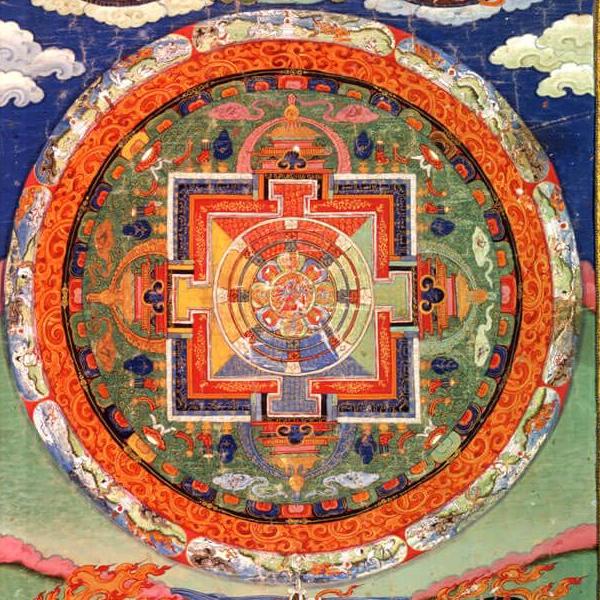
The Many Types of Thangka
Thangkas, a captivating form of Tibetan art, can be classified based on their materials and subjects, showcasing the rich cultural heritage they represent. Painted Thangkas are created meticulously with vibrant pigments on fine cotton or silk canvas. These artworks utilize a palette of radiant mineral colours, expertly applied to ensure that their brilliance lasts for centuries without fading. In contrast, Woven Thangkas are crafted from luxurious silk and brocade, employing intricate embroidery, tapestry, or appliqué techniques to produce mesmerizing textures and patterns.
Another fascinating category is the printed and coloured Thangkas, which are made through a combination of painting, wood carving, and printing methods, making them reminiscent of traditional woodblock prints. This variety brings a unique charm and accessibility to Thangka art.
The subjects depicted in Thangka art are primarily centred around significant religious themes, showcasing a diverse array of deities such as Buddhas, bodhisattvas, and protective figures revered in Tibetan Buddhism. Some Thangkas illustrate intricate mandalas, religious figures engaged in profound contemplation, or significant historical events which weave together the spiritual fabric of Tibetan culture. Additionally, some Thangkas explore themes linked to Tibetan astrology and medicine, demonstrating a deep interconnection between spirituality and everyday life. Remarkably, approximately 80% of all Thangkas are associated with Tibetan Buddhism, and even those addressing secular topics are infused with spiritual meaning, reflecting the profound significance of this art form in Tibetan society.
Thangkas as Spiritual Teaching Tools
Thangkas play a crucial role in conveying complex Buddhist philosophies. As noted by Zhang Hongshi in “Exploring Tibetan Thangka,” the intricacy of Buddhist teachings necessitates clear visual representations for better understanding. Similarly, Qiuqi emphasizes in “The Scrolls of Tibet” that the primary purpose of Tibetan art is to communicate religious teachings visually. In a society where literacy rates were historically low, images like Thangkas served as essential teaching tools.
This use of visual aids is not unique to Buddhism. Even in Christianity, Pope Gregory remarked that “what writing does for the literate, a painting does for the illiterate,” highlighting the importance of visual representations in religious instruction.
Moreover, unlike murals, Thangkas offer the advantage of portability. In Tibet, where nomadic lifestyles are common, Thangkas enable believers to carry sacred images with them wherever they travel. This mobility has contributed to the widespread adoption of Thangka art across the region.
Due to their convenience, Thangkas in the form of Gawu boxes are becoming increasingly popular among Tibetans. These compact representations provide spiritual guidance on the go, allowing individuals to carry a piece of sacred art at all times. This demand has inspired products like QiLing Aura’s hand-painted Thangka pendant necklaces, which blend cultural tradition with modern functionality, making it easier to integrate these spiritual symbols into daily life.
The Role of the Thangka Artist: Crafting Art with Spiritual Devotion
Creating a Thangka is regarded as a deeply spiritual practice, intertwining art and meditation in a sacred dance of devotion. Traditionally, the identities of most artists remained unrecorded, except for a select few who achieved high esteem as revered Buddhist masters, such as the luminaries Atisha and Tsongkhapa. Among the notable figures in the realm of Thangka painting, artists like Lozang Tenzin from Central Tibet and Choying Gyatso from the region of Tsang have made profound contributions that have shaped the landscape of Tibetan art history.
The anonymity surrounding many Thangka painters is rooted in their conviction that the act of creating these intricate paintings transcends personal expression; it is, in essence, a form of meditation. Many of these dedicated artists are also monks, immersed in the study and memorization of Buddhist scriptures and iconography. This extensive knowledge enables them to faithfully depict the deities and sacred symbols that are central to their spiritual practice. As a result, their work is perceived not merely as a piece of art but as a heartfelt spiritual offering, imbued with intention and reverence.
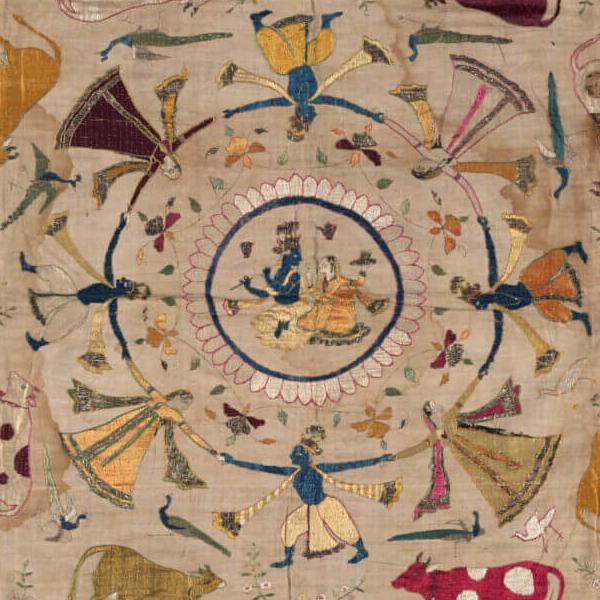
How to Appreciate a Thangka
When viewing a Thangka, it is crucial to appreciate its intricate and structured composition. A typical Thangka is divided into three main components: the central deity, the celestial realm above, and the earthly realm below.
The central deity serves as the focal point of worship and is often a representation of a specific Buddha or bodhisattva, carefully selected by a spiritual teacher or lineage to align with the viewer’s spiritual path. This figure is usually depicted with distinct attributes and symbols that convey its significance and qualities, inviting devotees to focus on their reverence and connection.
Above the central figure lies the celestial realm, which illustrates the divine abode of Buddhas and bodhisattvas. This area is characterized by vibrant colours and majestic imagery, indicating the blissful state of enlightenment and the boundless compassion of these higher beings. The celestial realm often features various celestial beings and icons that highlight the interconnectedness of all sentient life and the aspirational nature of spiritual practice.
Below the central deity is the earthly realm, which portrays protectors and ordinary beings. This section reflects the everyday world and includes imagery of human figures, animals, and other elements representing the diversity of life. It serves as a reminder of the worldly challenges and experiences that practitioners face, emphasizing the importance of cultivating compassion and wisdom in one’s daily life.
In addition to its aesthetic appeal, every Thangka is imbued with profound symbolic meaning. The choice of symbols, colours, and images is meticulously considered to convey specific spiritual teachings that resonate with practitioners. For example, different colours may represent various qualities such as healing, wisdom, or purification, while symbols can illustrate concepts like impermanence or the path towards enlightenment.
By understanding these symbols and their deeper significance, viewers can unlock the teachings embedded within the artwork. Engaging with a Thangka in this way transforms it from mere decoration into a powerful tool for spiritual practice, offering guidance, inspiration, and a visual representation of one’s spiritual journey.


